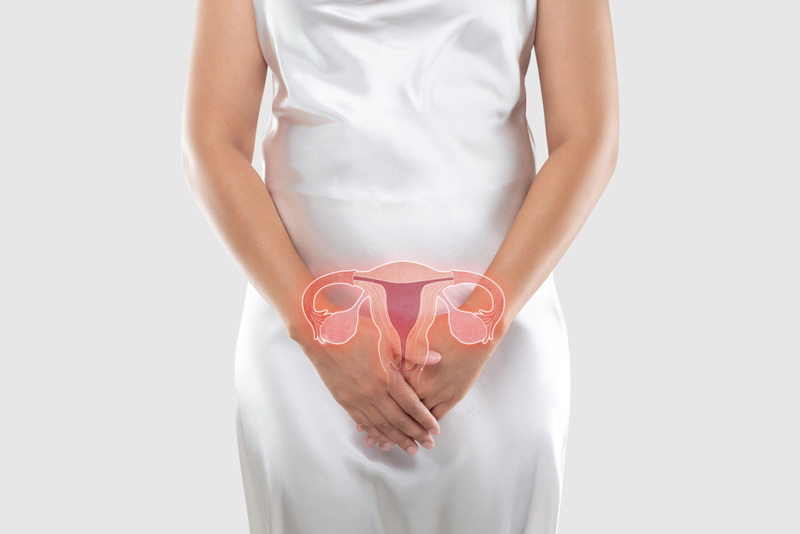Cervical cancer is a serious and common oncological condition in the female population worldwide.
In Romania, it is considered one of the most common causes of cancer death in women, statistics showing an incidence of around 3000 patients diagnosed annually. Unfortunately, half of them lose their battle with the disease.
The cervix is the lower part of the uterus, basically the bridge between the uterus and the vagina. At its level, two types of cells are found, corresponding to the two regions: the endocervix, which is covered with glandular cells, and the exocervix, covered with squamous cells.
Find out what the specialists say about the treatment cervical cancer.
Cervical cancer diagnosis
Precancerous lesions are detected during Pap smear testing, with most cases progressing to cervical cancer. But not all. In some patients, the precancerous cells disappear without treatment, as a result of the action of the immune system.
The diagnosis of cervical cancer is confirmed in several stages, with the help of different types of tests:
Pap test: examines cells in the cervix to see if there are changes at the cellular level, precursors of cancer.
Colposcopy: performed using a colposcope to examine the cervix.
Biopsy: examines tissue taken from the cervix under a microscope to determine the presence of cancer cells.
Imaging methods: computed tomography (CT), or magnetic resonance imaging (MRI) or an ultrasound – useful in assessing the size and extent of a cancer already detected.
Tumor marker testing: to measure the level of tumor markers in the blood.
Once the diagnosis of cervical cancer is confirmed, other tests are performed to determine the stage and grade of the cancer. These may include additional imaging, such as PET-CT, or lymph node biopsy to determine if the disease has spread to other parts of the body.
Cervical cancer symptoms
Like many oncological diseases, cervical cancer may not signal its presence through specific symptoms when it is in its early stages.
You might also be interested Breast cancer causes, symptoms and diagnosis.
When symptoms appear, they can take the following forms:
Abnormal vaginal bleeding, in small or heavy amounts, and may occur between menstrual periods or after menopause or after intercourse.
Pain during intercourse
An unusual vaginal discharge that is watery, mucous or blood-tinged.
Pelvic or lower back pain.
Feeling of unexplained fatigue
Unjustified weight loss.
Cervical cancer risk factors
Read more about cervical cancer treatment.
Most often, cervical cancer is associated with HPV-human papillomavirus infection.
Here are the main risk factors of the disease:
HPV infection: As we said, HPV is the main risk factor for cervical cancer. Not all types of HPV are responsible for triggering cancer, but only certain types can cause changes in the cells on the cervix, which can lead to the development of cancer.
Smoking: Smoking increases the risk of cervical cancer because of chemicals in tobacco that can change cells in the cervix.
History of cervical lesions: Women who have had precancerous cervical lesions or cervical cancer in the past have a higher risk of developing cervical cancer.
Weakened immune system: Women with weakened immune systems, such as those diagnosed with autoimmune diseases or who have received organ transplants, also have a higher risk of developing cervical cancer.
Infections with other sexually transmitted diseases, such as genital herpes, chlamydia, or gonorrhea, can increase the risk of cervical cancer.
Prevention of cervical cancer
The most important and effective method, with results proven by clinical studies in the prevention of cervical cancer, is vaccination against HPV.
This is recommended for both boys and girls and can be done from the age of 9.
But it does not mean that preventive screening should no longer be performed throughout life. It is recommended that vaccinated women follow the same screening protocol.
Other means of prevention are: using a condom to avoid HPV infection, quitting smoking and generally avoiding all cervical cancer risk factors.
2023-07-06 14:16:50
#Cervical #cancer #prevention #symptoms #risk #factors


